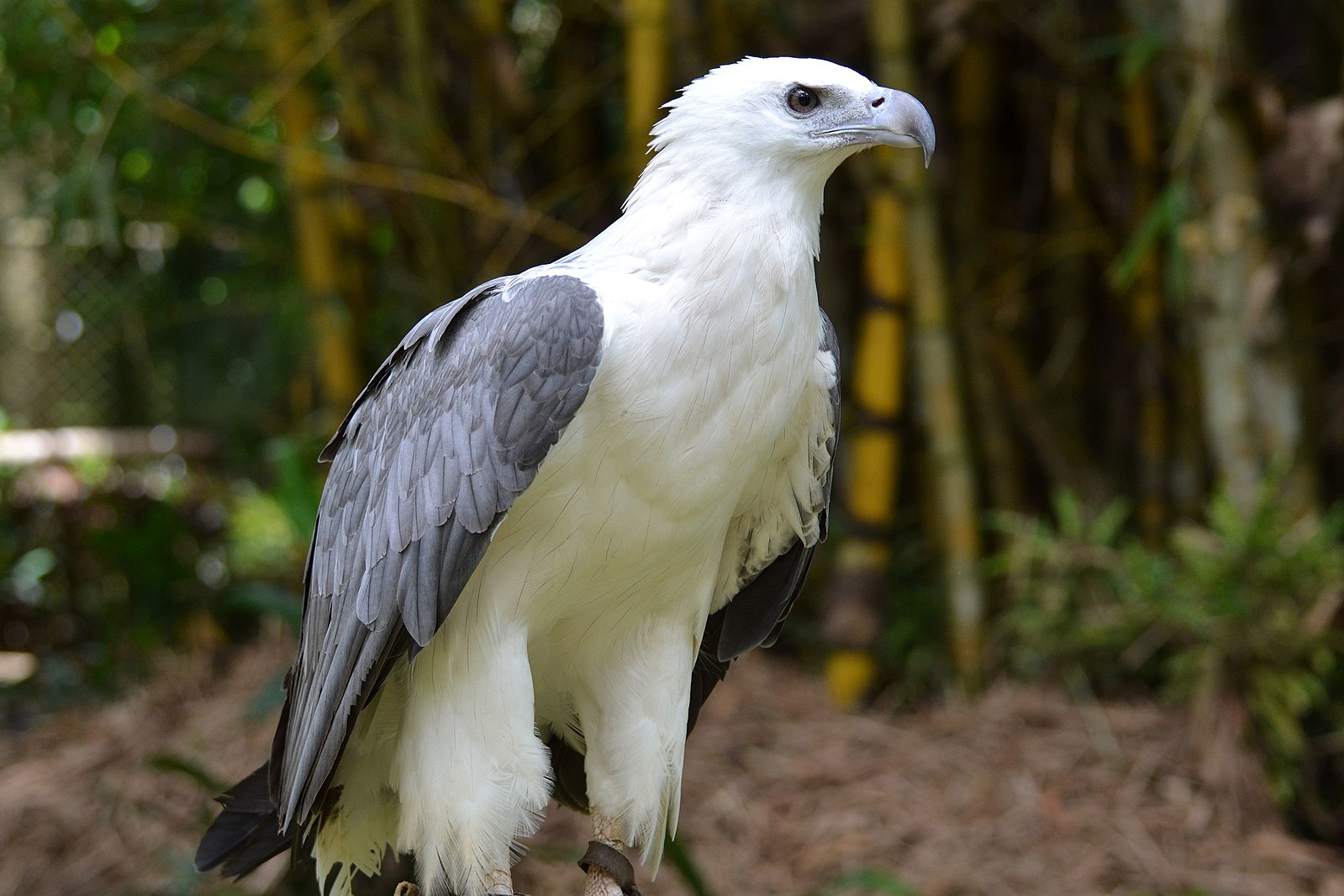White-bellied sea eagles are a majestic bird of prey found in coastal and near-coastal areas of Australia, New Guinea, Indonesia, China, Southeast Asia, and India. These impressive birds have a wingspan of 1.8m-2m and are known for their distinctive white plumage on their head, rump, and underparts, with dark grey on their back and wings.
The Territorial Range of White Bellied Sea Eagles
White-bellied sea eagles are quite territorial and rarely travel far from their nests. On average, their territories measure 3 square kilometers and are usually occupied by a single breeding pair. Immature white-bellied sea eagles, however, are more dispersive and can move over 50 km (31 miles) away from the area where they were raised.
Hunting Behavior and Feeding Habits
 Image source: bellied sea eagle by shankar s
Image source: bellied sea eagle by shankar s
These skilled hunters feed mainly on aquatic animals such as fish, turtles, and sea snakes, but they will also take birds and mammals as prey. During hunting, the white-bellied sea eagle prepares for the strike by holding its feet far forward, almost under its chin, and then swoops down to grasp its prey in its talons, often catching fish by flying low over the water.
Breeding and Nesting Habits
White-bellied sea eagles are monogamous, and pairs remain together until one bird dies, after which the surviving bird quickly seeks a new mate. The breeding season varies by location, with it occurring during the dry season in Papua New Guinea and from June to August in Australia.
During the breeding season, pairs perform impressive aerial displays, including diving, gliding, and chasing each other while calling loudly. They build large stick nests, often high in tall trees, and both parents take turns incubating the eggs and caring for the chicks.
Threats and Conservation Efforts
Although not threatened globally, white-bellied sea eagles have declined in parts of Southeast Asia, such as Thailand, and southeastern Australia due to human disturbance to their habitat. This includes direct human activity near nests, which can impact breeding success, as well as the removal of suitable nesting trees.
In Tasmania, these birds face additional threats, such as nest disturbance, loss of suitable nesting habitat, shooting, poisoning, trapping, and collisions with power lines and wind turbines. They are also at risk of entanglement and environmental pollution.
Conservation efforts are underway to protect white-bellied sea eagles and their habitats, including monitoring populations, enforcing regulations, and educating the public about the importance of these majestic birds.
Conclusion
White-bellied sea eagles are remarkable birds that play a vital role in their coastal and near-coastal ecosystems. While they are generally not known to travel far from their nests, immature birds can disperse over 50 km from their place of origin. Understanding the territorial range, hunting behavior, and conservation challenges faced by these birds is crucial for ensuring their long-term survival.

